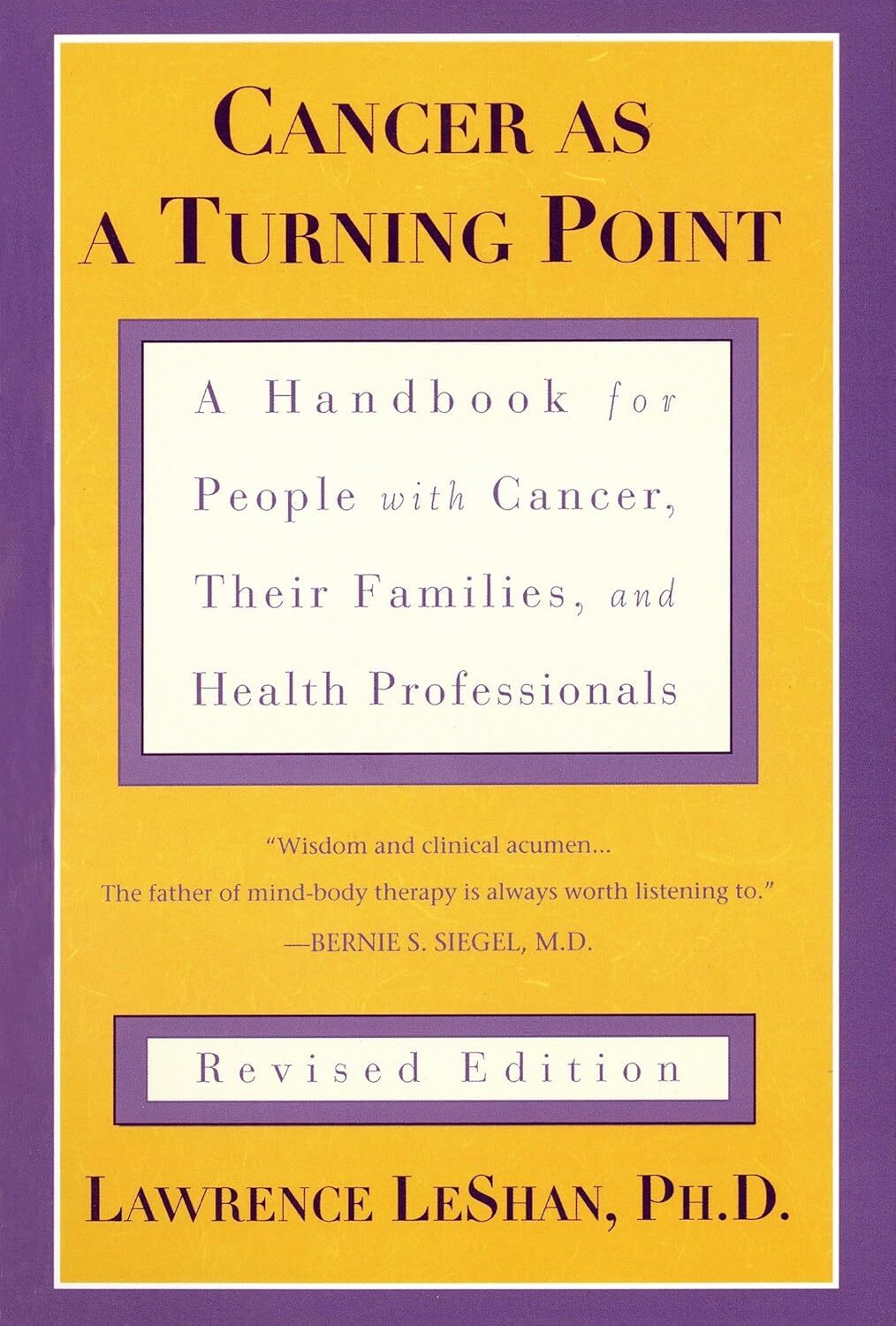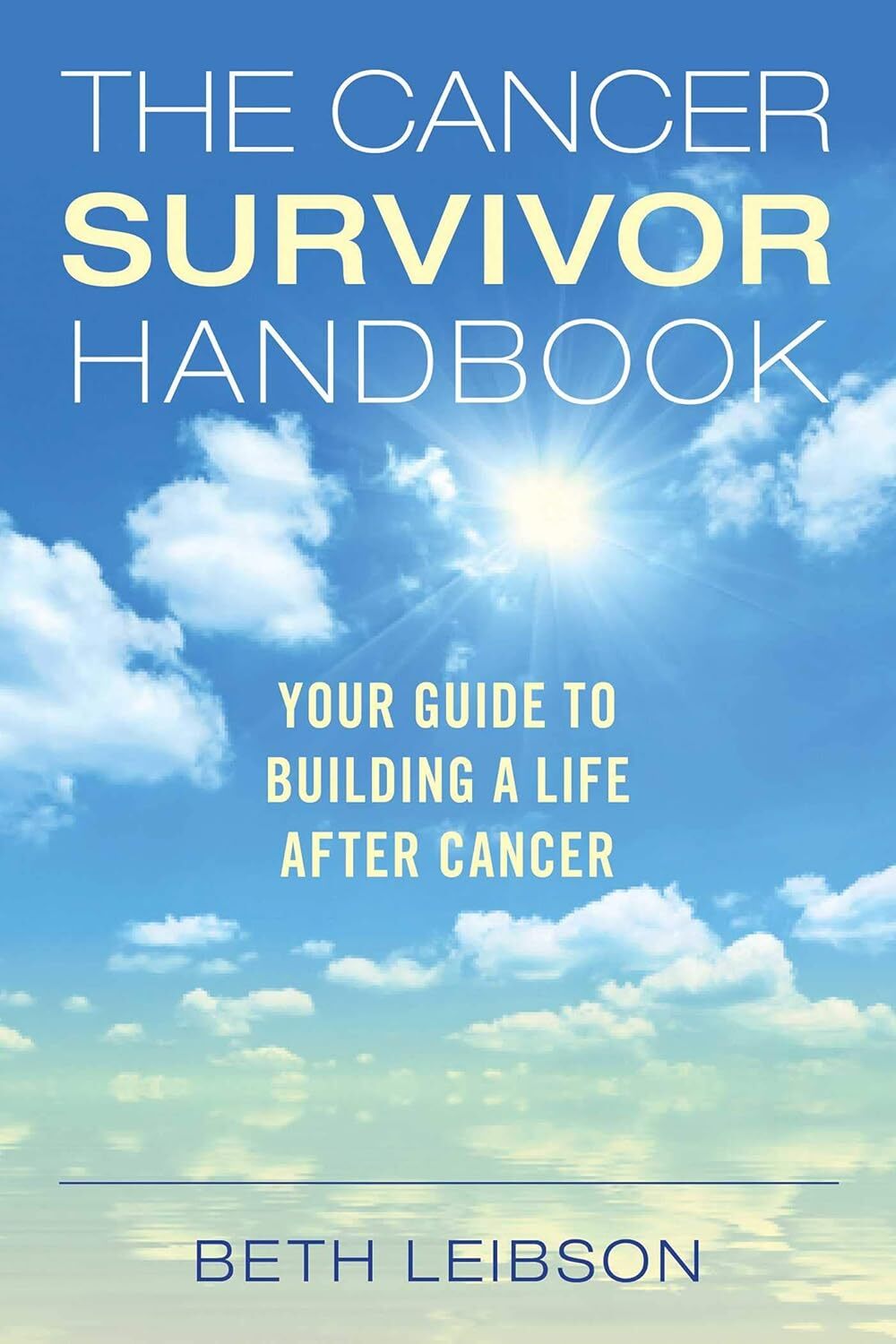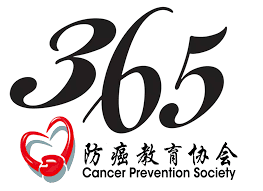Role & Identity Transformation
Redefine Your Roles and Self for Empowered Recovery

Introduction
Role and Identity Transformation involves reevaluating and reshaping your sense of self and roles in life after a cancer diagnosis. For cancer survivors, this tool explores how roles and identity evolved together throughout the recovery process.
What You Need To Know
How To Do It
Instructions:
1. Prepare Your Tools
- Use a journal or digital app to record reflections on identity and roles.
- Allocate 15–30 minutes in a quiet space.
- Reflect on how your identity might have changed when you first heard the words, “You have cancer.”
- Describe how you mentally processed those initial changes to your roles and identity when you first became a ‘cancer patient’. Did you remember processing or were you just 'deer in the headlights'?
- List how cancer has impacted your identity since you were diagnosis (e.g., “I feel less capable now”).
- Identify new aspects of self (e.g., “I’ve discovered my strength in vulnerability”).
- List the changes to your roles.
- Use prompts: “What has cancer taught me about myself?” or “What new roles am I embracing?”
- Review the interplay between roles and identity and how this has changed over the course of your cancer recovery.
- Focus on insights that can be gained by reconstructing: a) how changes to your roles affected your identity, and b) how changes to your identity affected your roles.
- Challenge limiting beliefs (e.g., replace “I’m defined by my illness” with “I’m a survivor with many facets”).
- Prioritize the elements of your roles and identity by their importance to you now. In other words, what matters most about roles and identity going forward.
- List desired roles (e.g., advocate, mentor) and small actions you’ve taken to achieve them (e.g., join a support group).
- Schedule time for role-related activities (e.g., 15 minutes weekly for advocacy, mentorship).
- In what ways have you become a better person as a result of your cancer journey?
- Create affirmations (e.g., “I am evolving into a stronger version of myself”).
- Share narratives about yourself (that include these new elements of self) with trusted others for validation.
- Review your journal to track your internal dialog and shifts in self-perception.
- Adjust based on recovery milestones or challenges.
- If reflections stir pain, pause and practice deep breathing.
- Seek a therapist or counselor for guided exploration, if needed.
Helpful Tips:
- Start small: Reflect on one role or identity aspect, if overwhelmed.
- Be compassionate: Acknowledge all emotions without judgment.
- Use prompts: Ask, “Who am I becoming?” or “What strengths have emerged?”
- Stay flexible: Revisit roles as recovery evolves.
- Combine with journaling: Document transformations for clarity.
- Track changes: Note improvements in self-esteem or purpose.
- Consult professionals: Work with a counselor for identity work.
- Embrace community: Share stories in support groups for inspiration.
- Celebrate evolution: Acknowledge new strengths or exciting new roles.
Disclaimer: The information on Survivor Site is for general informational purposes only and is not a substitute for professional advice, diagnosis, or treatment. Always consult a qualified healthcare provider before starting medical, psychological, or wellness practices.
Related Topics:
Strongly Related
Reduce Stress:
[Links to related web pages]
[Links to related web pages]
[Links to related web pages][Links to related web pages]
Moderately Related
Issue B:
[Links to related web pages]
[Links to related web pages]












